Table of Contents
Introduction
Moondrop. Their products have been widely regarded as benchmarks in their respectively price brackets, for instance the $100 price bracket in the Starfield, the $300 bracket in the Blessing 2, and the sub-$1,000 bracket in the S8. So I guess it makes sense that Moondrop has now set their sights on a highly competitive market: the sub-$50 bracket.
The “Super Spaceship Reference”, also known in its shortened form as simply “SSR”, is their update to the Spaceship. Shifting from the bullet-style design to the over-ear design, the SSR is one of the SSR/SSP twins, and also promises to be slightly more “neutral” than the Spaceship and has garnered expectedly-high hype ever since its announcement.
Unfortunately due to some cable issues in manufacturing, Moondrop has suspended sales of the SSR for the next month or two so don’t expect your orders to come in anytime soon if you do decide to make the purchase.
Product page: https://shenzhenaudio.com/products/moondrop-ssr-super-spaceship-reference-in-ear-earphone
MSRP: $40
Driver configuration: single DD
This SSR was kindly provided by ShenZhenAudio.
Signature & Tonality
Not sure how to read graphs? Click here
The SSR’s signature can be described as “diffuse-field neutral”, though to my ears I’d also consider it “bright-leaning” or “upper-midrange forward” depending on how specific you want to get.
It is characterised by a huge upper-midrange emphasis that is somewhat in-line with the Diffuse Field target, though interestingly it actually registers slightly brighter than DF:
Comparisons courtesy of the Graph Comparison Tool
Most of you may already know my opinions on the Harman Target so it should be easy to guess what my opinions are of the Diffuse Field tuning, which is basically bass boost-less Harman with even more upper mids and treble. Naturally, the SSR blasts past the bounds of what I’d consider as tolerable, with the high contrast between its lower and upper midrange resulting in a shrill and intense presentation that I can barely stand for more than 15 minutes at a time.
The other problem with this type of signature (for me) is my listening volume. I’m a fairly low-volume listener (I would’ve liked to consider myself as “average”, but my experiences with numerous other music listeners have dashed those hopes) so the SSR is my worst match given equal-loudness contouring. If you’re not familiar with what that is, basically it means that humans perceive bass and treble to be softer at lower volumes (or alternatively, that midrange sensitivity is higher at lower volumes). As such, I’m kind of stuck between two weird spots with the SSR:
- At my comfortable listening volumes (~80-82dB), the SSR sounds far too shouty and intense, causing me to drop the volume.
- At lower volumes, the perceived tonality of the SSR becomes even more skewed to the upper midrange, making things sound tinny and almost telephonic.
- Increasing the volume does help in re-balancing the tonality slightly, but then I get listening fatigue (and potential hearing damage!) by going beyond my comfortable listening levels.
This is the upper-midrange equivalent of the overly-bassy celebrity-endorsed headphone that every audiophile loves to hate on. That said, I personally prefer this kind of signature as opposed to a dirty 20dB bass boost but it’s hard to ignore the chasm between the presentation of lower frequency instruments versus higher frequency ones. Apart from this, there is also an almost hall-like, hollow quality to the SSR’s presentation, which could work for live recordings but ultimately sounds really unnatural on studio recordings.
That is not you say that you will absolutely dislike the SSR’s tonal imbalance, since there are people out there who would like extremely coloured presentations. And despite my scathing descriptions, it’s not the worst IEM I’ve heard and is actually fairly usable for some of my tracks. But in terms of my grading system which attempts some form of pseudo-objectivity… the SSR isn’t quite up there.
Tone grade: C-
For more information on the grading system, click here
Technicalities
Yes, the tuning of the SSR leaves a lot to be desired, especially if you’re someone who’s sensitive to “shout” like me. But damn, despite the tonal quirks it is one hell of a technical monitor.
I think the first thing that most people would notice about the SSR’s technical ability is in its imaging capabilities; the aforementioned “hollow quality” actually aids the SSR in this regard to a certain extent. There is a sense of spaciousness and width in its staging that is not found often in IEMs, much less an IEM in the bottom-rung of the price pool. Positional cues are on-point with very little overlap in instruments, making this pretty appropriate for orchestral tracks.
Resolution-wise the SSR also performs pretty solid, easily beating out its immediate competitors. Notes are well-defined with sharp initial attack, so smearing and general “fuzziness around the notes” are kept to a minimum. Overall, a fairly detailed IEM that can probably trade blows with far more expensive IEMs on this technical front, though don’t expect endgame levels of detailing.
The timbre was a surprise point for me; despite the tonal nasties, the SSR’s timbre is actually fairly uncoloured and even “thick” at times, at least for the bass. Despite the subdued presentation in the lower frequencies, the texturing in the bass is actually pretty decent with the SSR being able to dig pretty low without going “farty”, a commonality in many neutrally-tuned IEMs. If not for the high-frequency bias, I could honestly find myself enjoying the SSR’s bass… though of course I’d prefer some extra sub-bass for the added rumble.
Technical grade: B
For more information on the grading system, click here
Valuation
This is tough since the SSR is basically a specialist’s IEM with this huge divide between its weakness (tuning) and its strength (technicalities).
In terms of my rating system it’s straightforward: a price tag of $40 provides a leeway that is not afforded to more expensive sets, so the SSR is still “worth it” despite its quirks.
However, it is important to note that the SSR is not going to be a “safe blind buy” (though I discourage all forms of blind buying anyways). Sure it may have one of the best technicals I’ve heard in a budget IEM, but tuning is usually the first thing that people hear as well as the thing that determines if it fits into one’s personal preferences.
Value Rating: ★
“Worth the price”
For more information on the grading system, click here
Conclusion
In my opinion the SSR is Moondrop’s biggest stumble in terms of what they’re known for: consistently great tuning. The SSR is an intense-sounding, monitor-style IEM that may have a small niche in treble/midrange extremists, but would be a tough call as a general recommendation.
However, the $40 price tag is nothing to scoff at and with the level of technicalities it has, so it at least has that going for it if you’re one who prioritises such intangibles in your listening experience.
Grade: C ★
Awarded grades are in reference to the Ranking List.
Support me on Patreon to get access to tentative ranks, the exclusive “Clubhouse” Discord server and/or access to the Premium Graph Comparison Tool! My usual thanks to all my current supporters and shoutouts to my big money boys:
“McMadface”
“Galactus”
Will
Man Ho
Denis
Alexander
Ted
“chisquare”

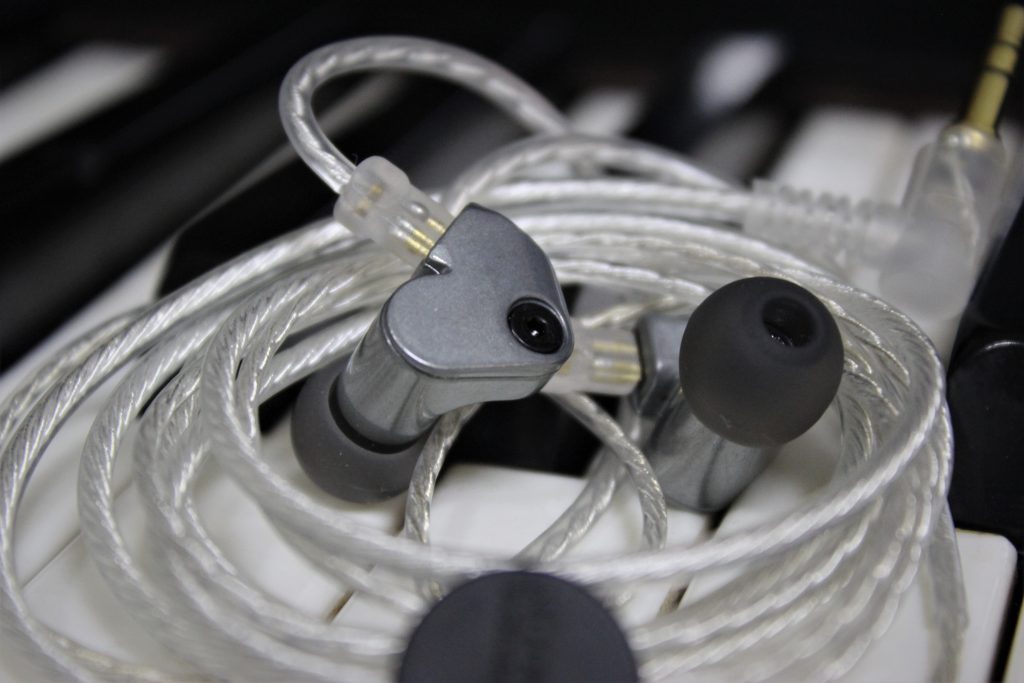
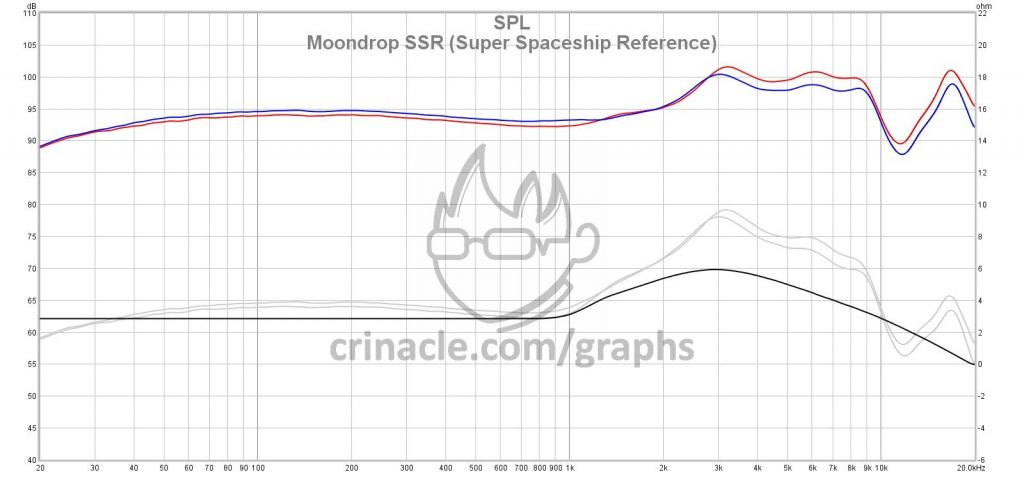



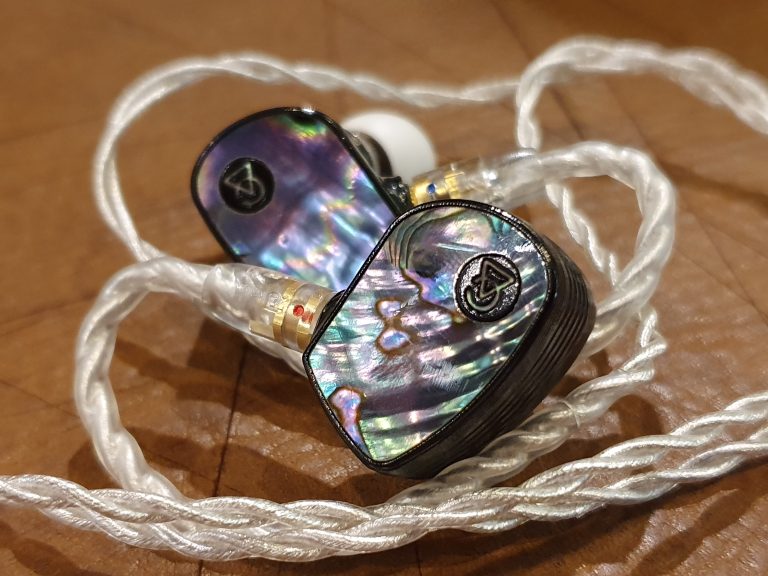
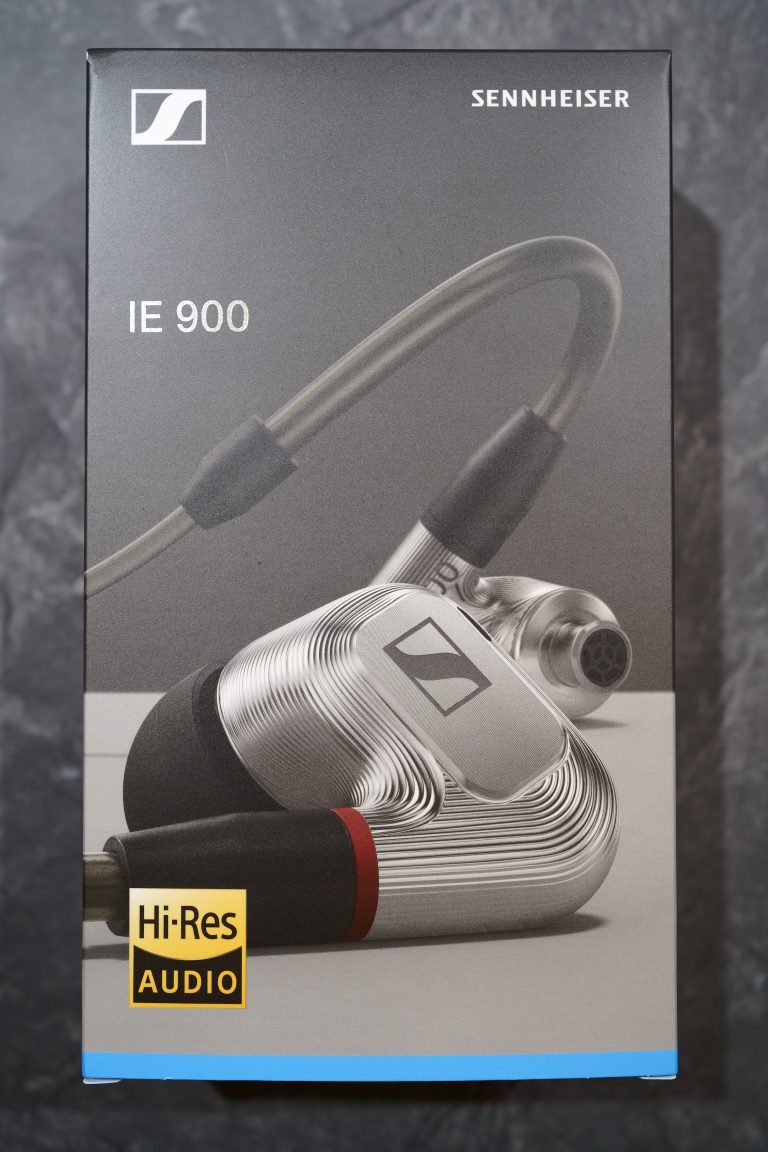
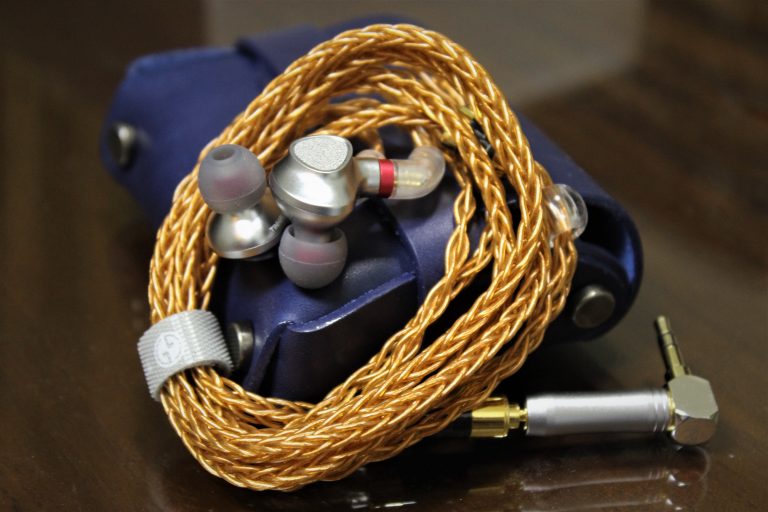


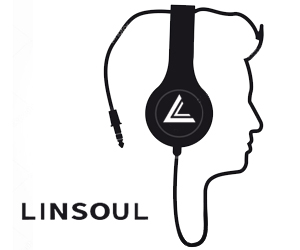
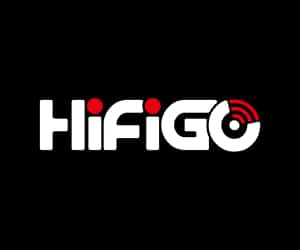
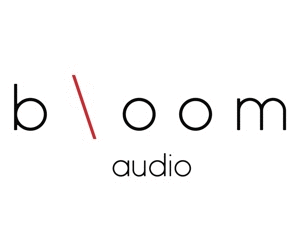
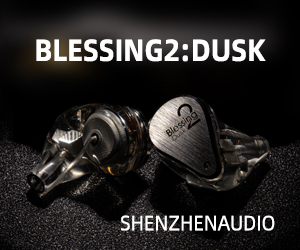
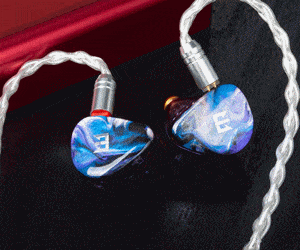

15 thoughts on “Moondrop SSR Review: Super Shouty Reference”
Supposedly Moondrop is already working on revising it and it didn’t even launch too long ago. They seem to be aware of the flaws in tuning already
they said it was for cable build and no changes would be made to tuning
What is in your opinion a good iem for more than just “appropriate for orchestral tracks” sound? Would you recommend the Etymotic ER2Xr for classical music? Or should I give the ssr a try if I’m just going to use it for that? (no idea if I’m sensitive to shout, guess it might be worth alone to know?)
>In my opinion the SSR is Moondrop’s biggest stumble in terms of what they’re known for: consistently great tuning.
Huh, weird. OG Spaceship already was tuned like that. It just follows a different target, and I’m glad they have it for a different flavor in their lineup and something with good technicalities for that cheap.
Hopefully, the SSP will attend the demand for a safer tuning that you guys like.
Because there’s people like that require an UNsafe tuning for something to be good?
Wut? Check your patronizing.
Before that, check your “narrative”.
Sorry, your reply doesn’t even make sense.
SSP will most likely be very competitive then if it can meet such technical standards with a more agreeable signature at a similar price point.
I may have to buy one just to see whether some combination of tape, foam, and cotton can bring that FR within reason while keeping the speed.
15 dB pinnea gain from 1 to 3 kHz is a tad excessive.
Interesting, so it actually follows the ER4B rather than ER4S, ER4B is discontinued because it is deemed to be too shouty for modern recording to it being tuned to follow flat speakers in an anechoic chamber. ER4S on the other hand has reduced 2.7k up to 10k to better accomodate modern recordings that is referenced from flat speakers tuned in anechoic, then put on well-treated room.
“There is a sense of spaciousness and width in its staging that is not found often in IEMs, much less an IEM in the bottom-rung of the price pool”
You’d be surprised, the KZ ED9 goes for a mere $10 yet embodies an incredibly holographic stage and imaging that even beats IEMs twelve-fold of its price range.
And the most amusing thing here is that I’m not even trolling. Try it and see for yourself, you’ll definitely be shocked. If not then I’ll happily repay you $10.
So I have gotten this with me for more than a few weeks now.
It is bass lite for sure, but not intolerably shouty to an Asian as myself.
One thing that pleasantly surprised is its performance in games, or primarily Rainbow six siege. This game had made me shelf most of my iems because I cannot get good imaging cues from them. They feel to me, the ultimate test of positional cues, especially in Terrorist(AI) hunting mode, where the enemy frequently do small talk, move around or use their weapons. Lining all those noises up right and being accurate while doing so really makes my day, more than a good music track. This is in my humble opinion, the audio positioning benchmark.
I think what is amazing is how not only how good the imaging is, but how it is the cheapest set to do so, given that sets 10 times its price might not get it right. Being S$40 + S$5 shipping vs the next cheapest AS10 S$60-70. Only thing that worries me is how, as of this writing, Moondrop took it down from their Taobao store.
Hall of fame:
Fiio FH7 (only green filters, other filters diffuses the sound into an untraceable mush)
MeeAudio P1 (almost like cheating how far away I can accurately pinpoint someone)
Fearless Crystal Pearl (bass noises behind walls are easy to locate)
Razer Man-O-War wired (crap headband broke)
KZ AS10
And now the cheapest on the list Moondrop SSR (a bit soft but sharp image)
Hall of shame:
Razer Tiamat 7.1 V2 (7.1 audio did not help)
Logitech G433 (behind and above headlevel)
Samson 850 (not clear enough)
Fiio FA1 (having really diffused image seems to be a Fiio thing)
KZ AS16
KZ ZS10 pro
KZ ZSN pro (outside of the AS10, they all sound “behind-the-head-ish”)
Samsung galaxy phone earbuds
rats – was looking for a cheaper pair of budget neutral/flat iems to mix a live band, but our mix is generally already pretty harsh at 3k 🙁
will look elsewhere…
Interesting, so it actually follows the ER4B rather than ER4S, ER4B is discontinued because it is deemed to be too shouty for modern recording to it being tuned to follow flat speakers in an anechoic chamber. ER4S on the other hand has reduced 2.7k up to 10k to better accomodate modern recordings that is referenced from flat speakers tuned in anechoic, then put on well-treated room.
Technicalities wise they are good but tuning is bad. My question is: If we tune them using equilizer then will they become best in this price range? My opinion: May be they will become best in this price range after using equilizer as no other IEM in Crin’s list have such good technicalities?
Hope someone will share their thoughts on this.